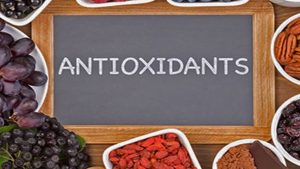In this video I discuss the basics of what are complete proteins and incomplete proteins, and what essential and non essential amino acids are. I also discuss what are standard amino acids in the amino acids list, and some of the functions of proteins. Transcript (partial with notes). Amino acids are molecules that make up proteins. Protein consumption is important because protein has many functions in the body, such as being used to make enzymes, hormones, build and maintain tissues, construct transport proteins, which transport fats throughout the body, and make antibodies, which help neutralize some bacteria and viruses in the body. There are 20 different standard amino acids that your body requires for healthy function. These amino acids are often classified as essential and non-essential amino acids. Nonessential amino acids are amino acids that our bodies can produce even if we don’t get them from the food we eat. There are 11 non essential amino acids. Essential amino acids cannot be made by the body, so, they must come from foods we eat. There are 9 essential amino acids. So, when we eat foods that contain protein, in essence we are eating amino acids, however, not all protein contains all 20 of the standard amino acids.. Protein is often classified as complete or incomplete protein. A Complete protein is a protein source that contains a sufficient quantity of all 9 of the essential amino acids. An incomplete protein does not contain a sufficient quantity of all 9 of the essential amino acids Complete protein foods include…animal foods such as red meat, poultry, pork and fish. Eggs and dairy products such as cow’s milk, yogurt, and cheese. Plant foods such as soy products, black beans, kidney beans, pumpkin seeds, quinoa, pistachios, just to name a few. You can also combine incomplete protein foods to create a complete protein meal, or to get the essential amino acids throughout the day. And that is the basics on essential and non-essential amino acids and complete and incomplete proteins.
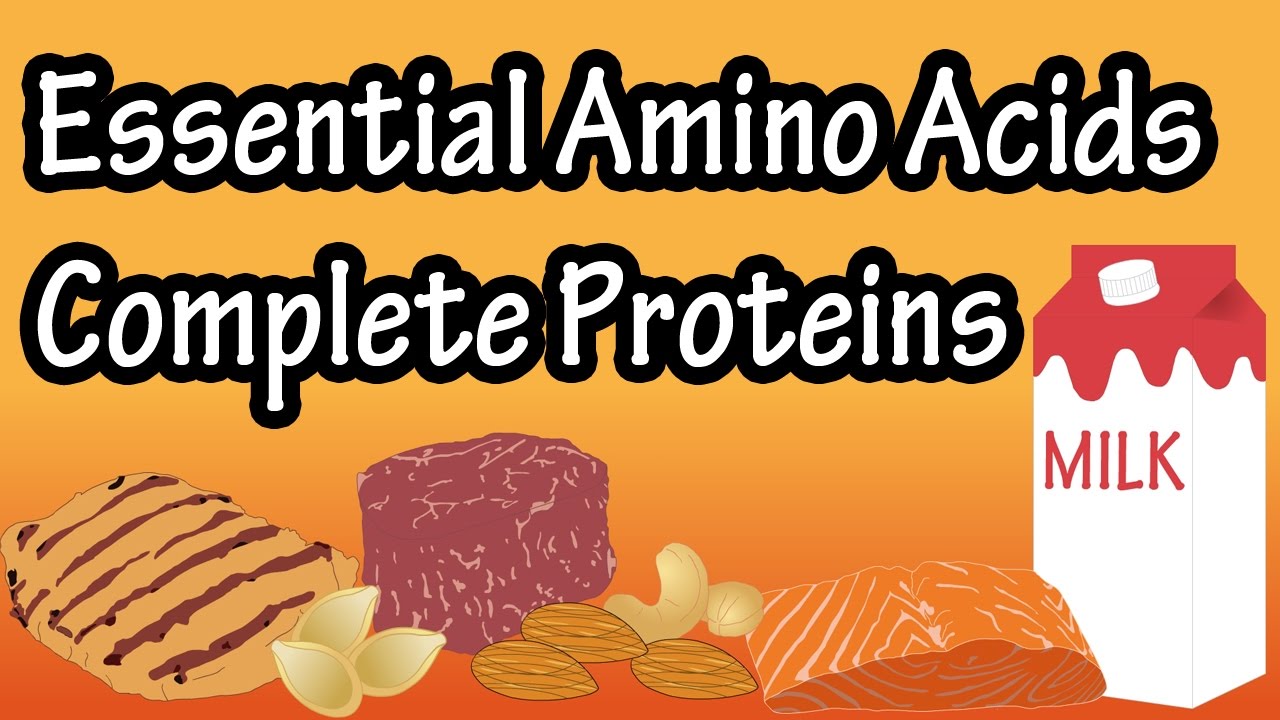
What Are Complete Proteins, Incomplete Proteins, Essential Amino Acids, Non Essential Amino Acids
- Post author:
- Post published:May 15, 2021
- Post comments:0 Comments
You Might Also Like
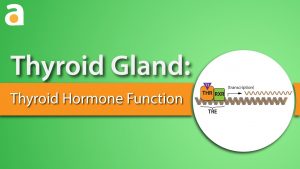
Thyroid Gland: Thyroid Hormone Function

Platelet Count Test – Procedure, Importance and Normal Range

Body Scrub And Body Wrap Video – 1

How To: Glute Bridge
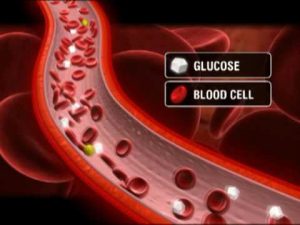
What is Type 1 Diabetes?

Close Grip Barbell Bench Press | Arm Workout

Study: supplements lead to increase in liver damage

Human Body, Body Building Muscle Building Anatomy Physiology Video – 16
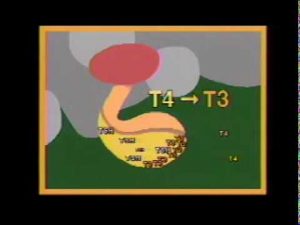
thyroid hormone physiology1.mpg

The Best Pre-Workout Stretching Warm Up Routine. Burn 20% more Calories
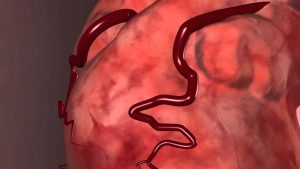
Do You Know The Warning Signs of Heart Disease?
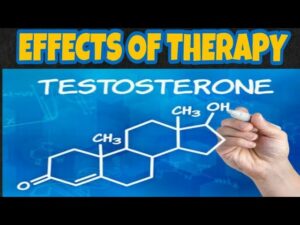
Effects of Testosterone Therapy

What is Cholesterol? Understanding Cholesterol Part 1

Amino Acids Catabolism – Cysteine

What is Diabetes?

7 Day Lean – The Program, The Story, The Results w/ Kettlebell Kickboxing & Dasha Libin Anderson

Definition Fitness

hormone replacement therapy – How to Increase Estrogen Healthy Life Styles

Exercise #224 – Preacher Curl on Stability Ball One Arm (dumbbell)

Does Stevia Affect your Blood Sugar? : Dr.Berg

Natural Leg Extensions to Build Quads

Fat Loss, Weight Loss Video – 23

Leg Curl-7

How to Do:FLUTTER KICK SQUATS

finger pulp abscess drainage EXPLOSION of pus – watch to the end for patient POEM
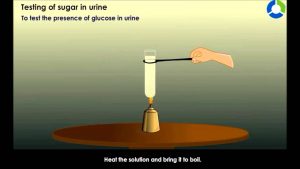
Testing of Sugar in Urine – Transportation in Animals and Plants (CBSE Grade 07 Biology)
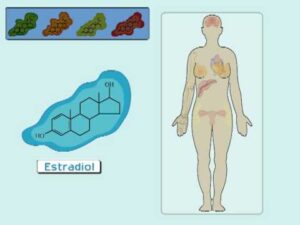
The Estrogen Receptor (I): Hormonal Mechanisms in the Body
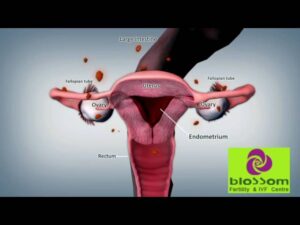
Endometriosis and Infertility – a #woman’s guide to this painful disease

Swedish Massage Video – 1
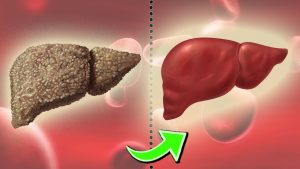
Best Foods for Liver Repair & Foods to Avoid For Healthy Liver

Nutrition 101 free course
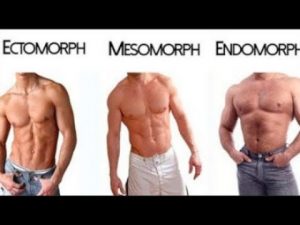
Ectomorph , Endomorph , Mesomorph ( The 3 Different Body Types )

Fitness Body Transformation | Simple Guide from Fat to Fit

Dermatology Video – 1

Breastfeeding Positioning and Attachment
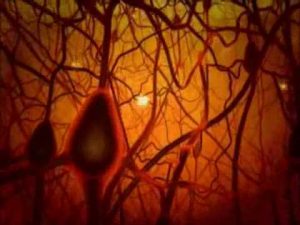
The Miracle in Human Brain
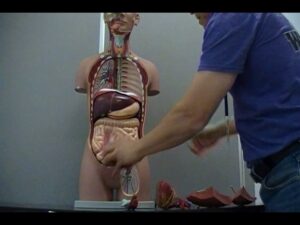
Internal organs of human body model

Addictive Substances Nutrition Video – 1

Thyroid Test – Simple DIY Test At Home

Benedicts Test – Urine Analysis

Diabetes Symptoms – Diabetes Type 2 and Diabetes Type 1
